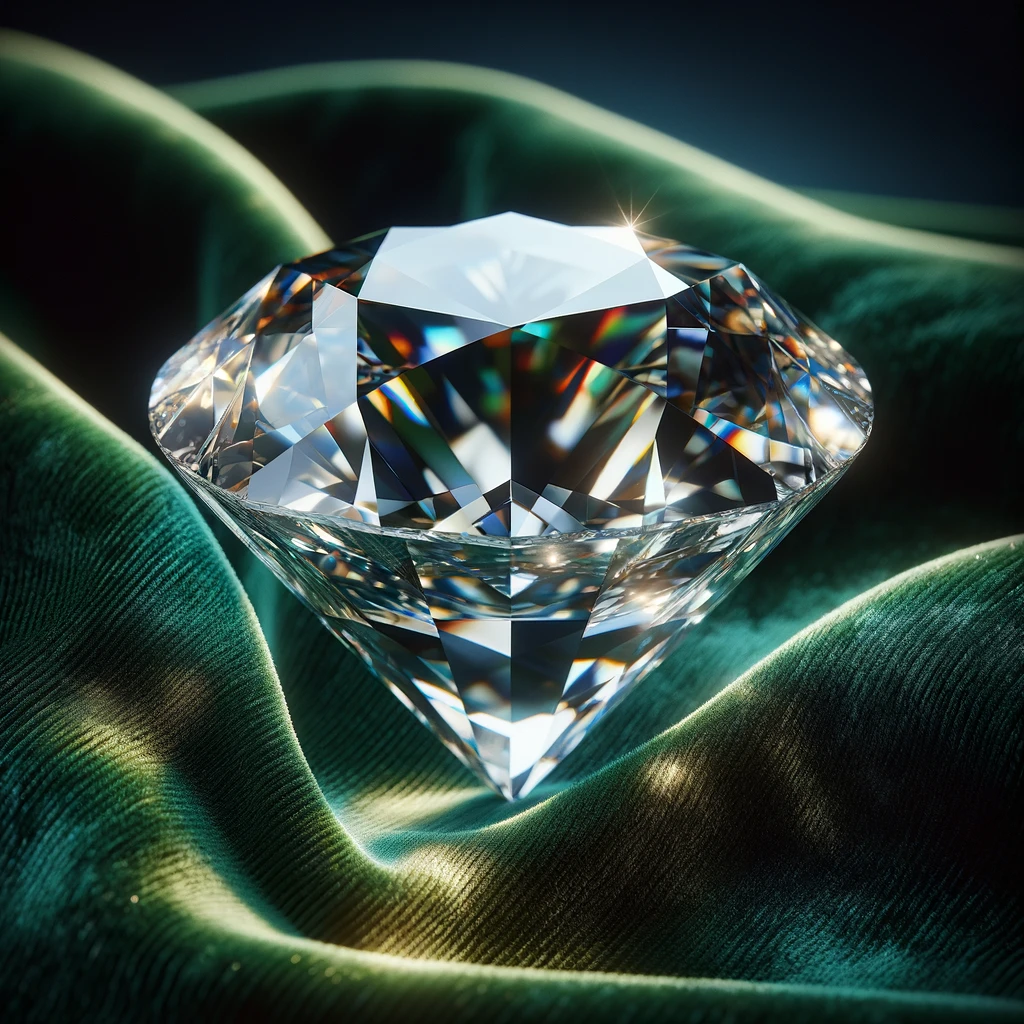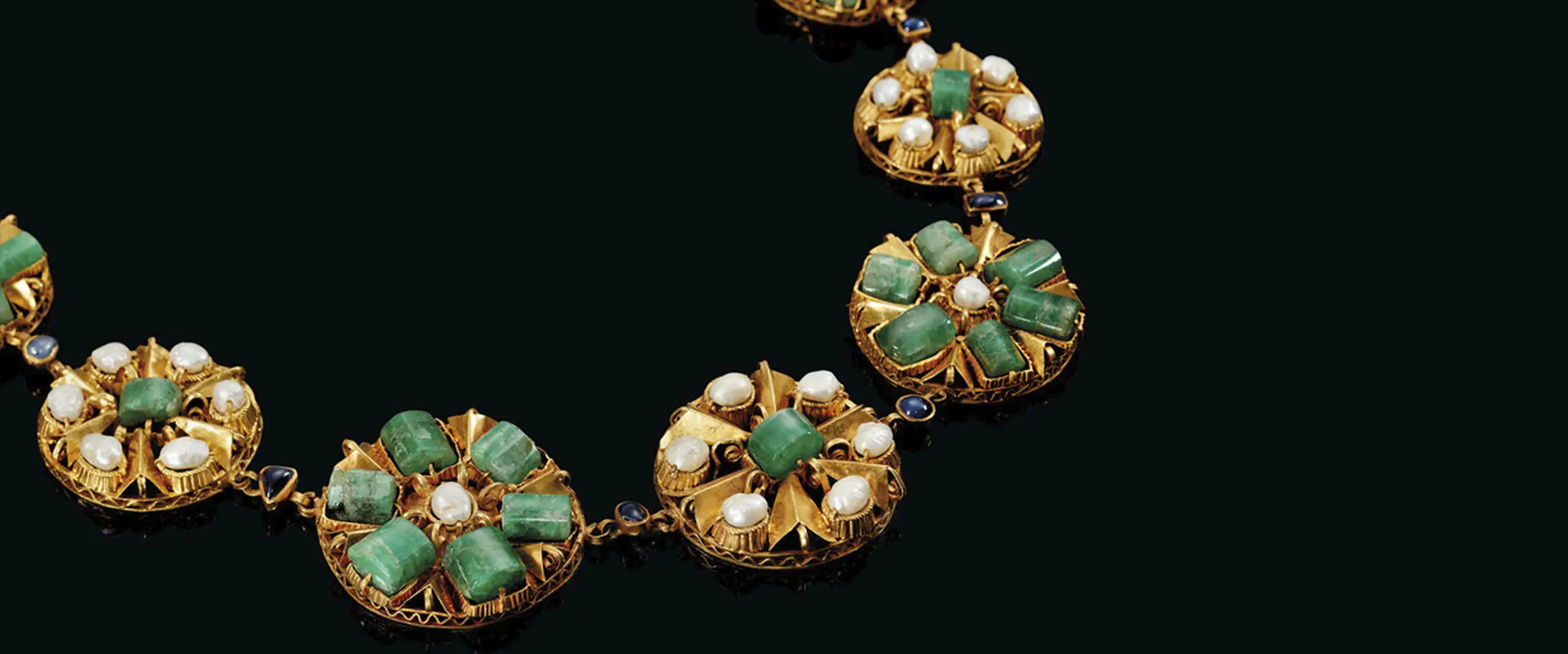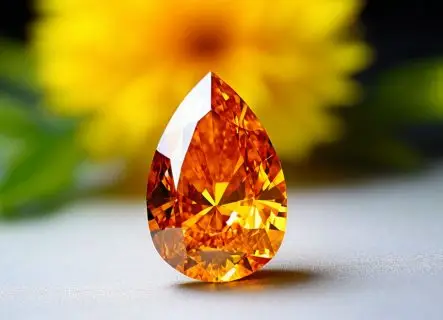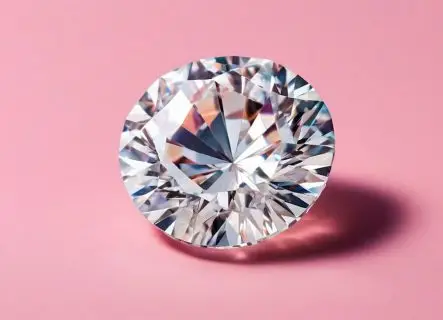Did ancient people wear jewelry? If so, what kind of jewelry? How did they create it and what meaning did they put in it?
To tell the story right, it’s worth starting from afar – from the very-very beginning. We suggest starting the history of jewelry from the Ancient world – the world full of mysterious meanings, incredible ideas and elaborate jewelry made of unusual materials.
One thing is for sure: jewelry has always been a part of mankind. Obviously, the jewelry worn by ancient people was not like it is today: made of feathers, bones, shells, and colored pebbles.
By the way, diamonds were not popular until people learned to cut them – and it happened only in the 14th century.
The earliest jewelry dated around 25.000 BC and was found in a cave in Monaco: it features a pretty simple necklace made of fish bones. What did it symbolize? Was it a gift, a trophy or a find? We are not destined to get an exact answer to all these questions, but we can try to understand the course of thought of an ancient man.
what was the ancient jewelry about?
The first adornments people got from hunting: teeth, claws, bones and horns. Hunters believed that wearing such trophies would bring them good luck – at least in the next hunt. Moreover, such adornments demonstrated their prowess, courage and strength.
Jewelry was interpreted as amulets protecting against illness, bad luck and evil eye. From these myths evolved pieces that were used to give the wearer control over fertility, luck, wealth and love.
A little bit later, jewelry began to symbolize the connection between people: wedding rings telling about the commitment two people had for each other – or special bracelets worn by slaves and showing who they belonged to.
geography of ancient jewelry
Iran and the Mediterranean
One of the earliest jewelry pieces belongs to the Mediterranean civilization (the territory of modern Iran) around 3.000 to 400 BC. These were usually simple stone amulets and seals and carried spiritual meanings, stars, and floral designs. Jewelry was offered to the gods and was used to dress up statues.
The Egyptians
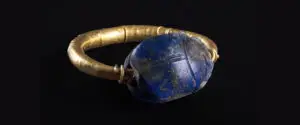
The ancient Egyptians also enjoyed wearing amulets and talismans. Among the common motives were the scarab and the ankh ( the symbol of life). Moreover, the Egyptians made jewelry featuring multiple strains of beads of various colors (they used amethyst, carnelian, green feldspar, and turquoise). The royal jewelers used gold, silver, turquoise, chalcedony, amethyst, and lapis lazuli.
The Egyptians believed that color reflects aspects of personalities: for example, yellow and gold were associated with the sun and were always used in crowns and ornaments for the pharaoh and his priests. A green stone was put in the mouths of the pharaohs to restore speech in the other world. The red color or heart amulet was believed to preserve the soul.
Bahrain
Bahrain is an island in the Persian Gulf. Archeologists found there a 4000-year-old pearl and gold earring – the oldest ever found.
The Greeks
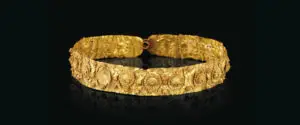
The Greeks, at first, copied eastern motifs but then developed their own style that reflected their belief in gods and symbols, combining the Eastern taste for gemstones with the Etruscan use of gold. They made crowns, earrings, bracelets, rings, hairpins, necklaces, and brooches.
The Romans

By the Roman era, most gems familiar today had already been discovered. The Romans were also telling myths about jewelry pieces, giving them a magical meaning. They loved the cameo and cherished it for its beauty. Bracelets for the wrist and upper arms as well as necklaces became popular, as did jewelry made from gold coins.
The Byzantine Empire
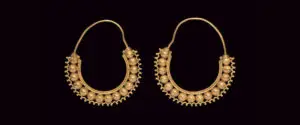
The Byzantines had the richest jewelry tradition that any empire can envy. This empire merged the richness of Greece, Egypt, the Near East, and parts of Russia and North Africa. The combination of influences of this melting pot led to the use of rich colors and oriental symbolism. The Byzantines invented the technology of cloisonné enameling, where glass glaze is poured, set into pre-soldered patterns or cells, and then fired at a high temperature to melt the glaze into a permanent design.
In general, many approaches to jewelry that were popular in early times can also be found in modern jewelry pieces. This is the essence of history – we are the heirs of our great ancestors.
Subscribe to discover the world of diamonds and gems. If you have any questions, please let us know.


